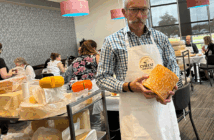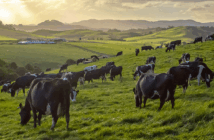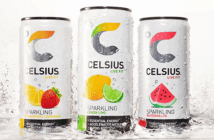By Natalie Martin, 3R materials innovation manager
Those looking to improve the sustainability of their packaging may be considering compostable alternatives, but beware, it’s a complex issue.
In New Zealand we are faced with something of a chicken-and-egg situation: There’s a fast-growing move to compostable packaging, but no national standard, labelling, or collection system, and few compost processors willing to take it.
As a result, compostable packaging often ends up in landfill where it creates greenhouse gases or contaminates recycling streams when consumers misidentify it. Unfortunately, it’s an area, where good intentions can lead to unintended consequences and the risk of being accused of greenwashing.
If you are considering using compostable packaging, it’s vital you consider the whole lifecycle: Can it be composted at home or is it suitable for commercial composting only? Does it comply with a compostability standard? Can consumers easily identify what it is and where it should be composted? Is there a collection system for it? What volumes is the composting system able to accept? And most importantly, will the product it contains add nutrient value making it appealing to composters, or risk contamination?
This last issue is at the heart of much of the work being done in this space. The Packaging Forum recently released a consultation document and is calling for the industry and other stakeholders to engage with its Compostable Packaging Technical Advisory Group as it develops a use-case for compostable packaging in New Zealand. A widely agreed use-case will guide brand owners to choose compostable packaging only where it is beneficial to composting systems.
The waste industry association, WasteMINZ, has also done work in this area and has some good resources on its website relating to standards, best practice guidelines, and what facilities accept compostable packaging, among other things.
While compostable packaging isn’t suitable for all uses, there is plenty of work underway to provide clarity for businesses considering their choices. As with any packaging, I recommend doing your research and getting independent advice on both the fit for your product and what end-of-life systems are in place or being developed to support it.
Natalie Martin is the materials innovation manager at 3R Group in Hawke’s Bay. She has a background in food technology and over 10 years of experience in new product development for FMCG and still supports the industry as a consultant. At 3R, Natalie works in new product development for various waste streams, including packaging.






























































































